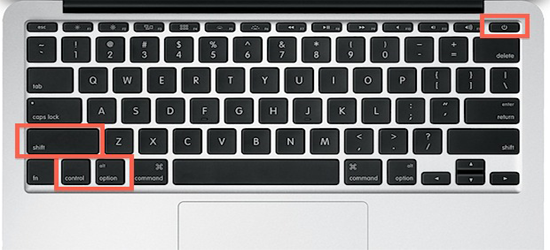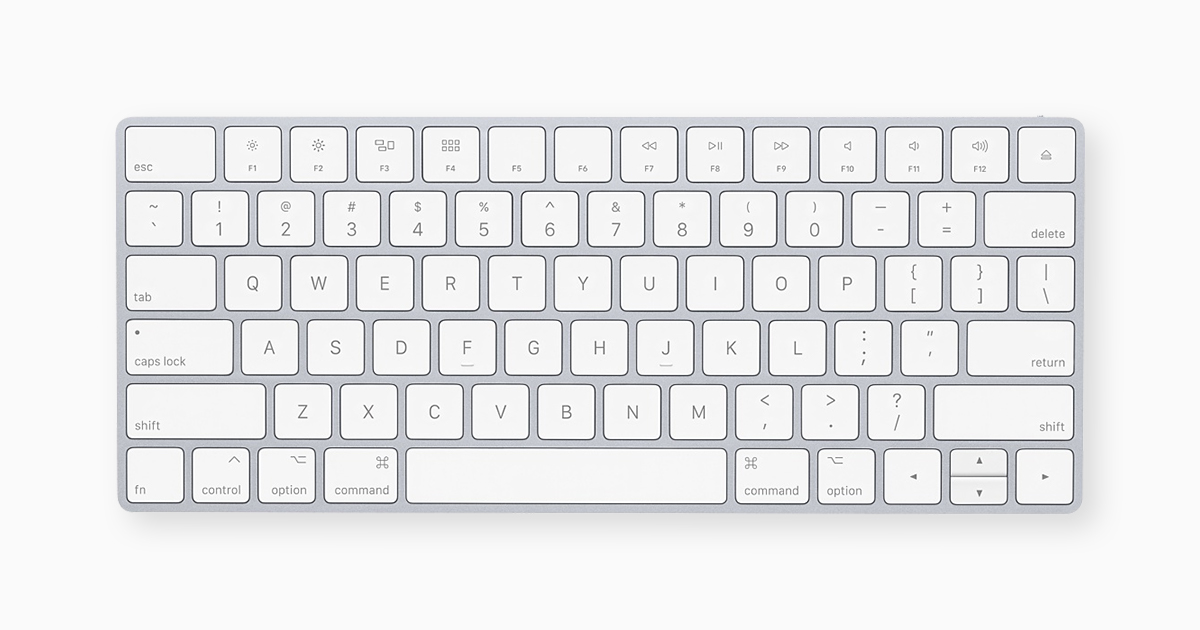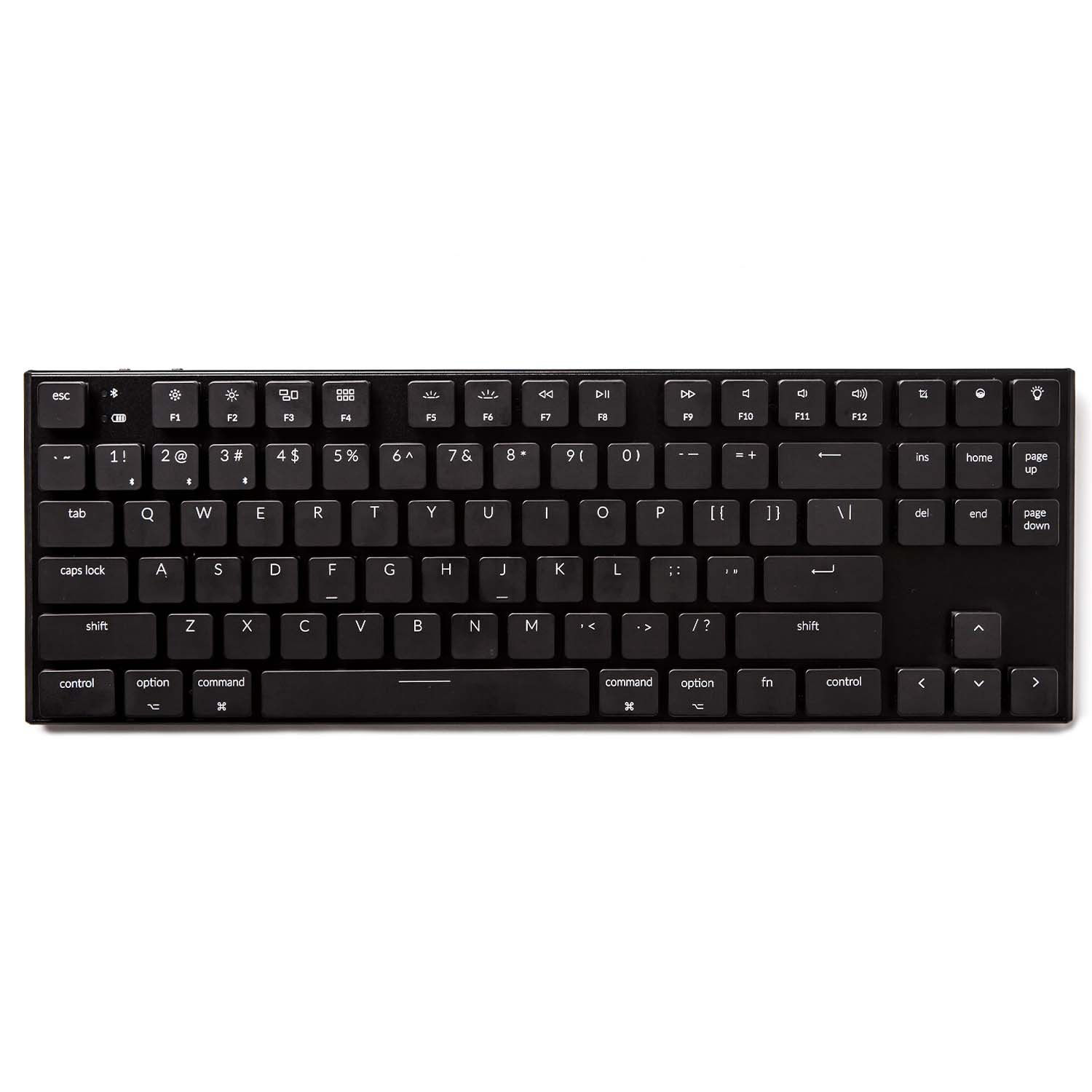

- #Insert key on mac install
- #Insert key on mac pro
- #Insert key on mac Pc
- #Insert key on mac Bluetooth
However, there is an alternate open source program called Karabiner Elements that is a powerful and stable keyboard customizer that should work if SharpKeys doesn't.
#Insert key on mac install
#Insert key on mac Bluetooth
There are many external keyboards you can plugin or that use Bluetooth to connect to your Mac. Use an external keyboard that has an insert key.

No matter what, I think it is possible to use Karabiner, you just may have to get creative, and maybe do Google searches and experimentation.Before trying any of the methods below, you may want to configure NVDA to use "Laptop" keyboard layout in the NVDA menu (NVDA+n) => Preferences => Keyboard Settings since the desktop layout relies on many keys which do not exist on some Mac keyboards (depending on your computer and/or keyboard model). Maybe the finger print key, as it can also be the power key, but I'm not at all sure, and I am not willing to do the research.
#Insert key on mac pro
If you have one of the Late 2016 Macbook Pro w/Touch Bar models, I have no idea what key you would use, as that Mac does not have F-keys, nor eject. Or it may be the power button (some keyboards allow the power button to act as the eject key).

Depending on which keyboard you have, it may be F12 or it may be Eject. My keyboard has a separate F12 and a separate Eject key, so it was the fn+Eject key that functioned as an Insert key. While the entry says F12(Eject) to Forward Delete/Insert, I found that on my keyboard it was the dedicated "Eject" key that was turned into the Delete/Insert key.
#Insert key on mac Pc
To a Windows PC (I think it is running Windows 7, as that is what work has given me I do not spend much time using the Windows system, rather I'm always working with Unix & Linux systems) OK, I found a 'Karabiner' solution that worked for Me via Microsoft Remote Desktop I can't promise anything, but I'm sure I can spend a little time this weekend (after vacuuming the house 🙂 ).

It is even possible, I'll succeed where you fail, and that might indicate a difference because of Critix (anything different in the setup is a possible cause of interference, so it can also be a useful diagnostic). I mostly have to use Windows to take some mandatory training courses that are written only for Windows, otherwise I spend most of my time working with Linux/Unix systems at work.īut if you can explain how I would use the "Insert" key, and how it should behave when I use it (I really am that Windows ignorant 🙂), on some commonly available Windows app (Notepad, Firefox, Thunderbird, Internet Explorer, etc.), I could experiment a little and see if I can come up with something, or some Karabiner setting that works. I have limited Windows experience, but I do have Microsoft Remote Desktop and access to some Windows systems at work (not via Citrix, just directly to the Windows systems).


 0 kommentar(er)
0 kommentar(er)
